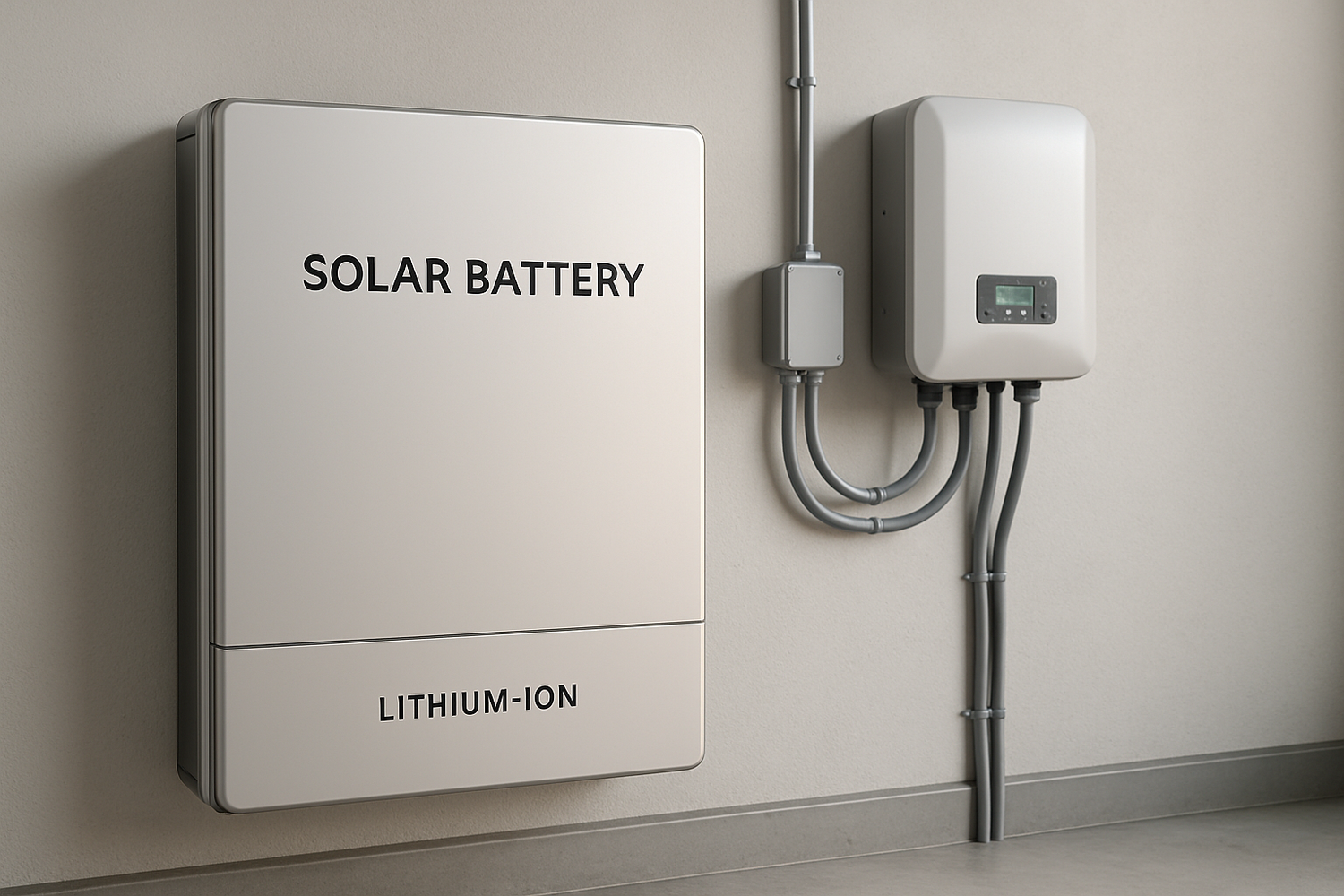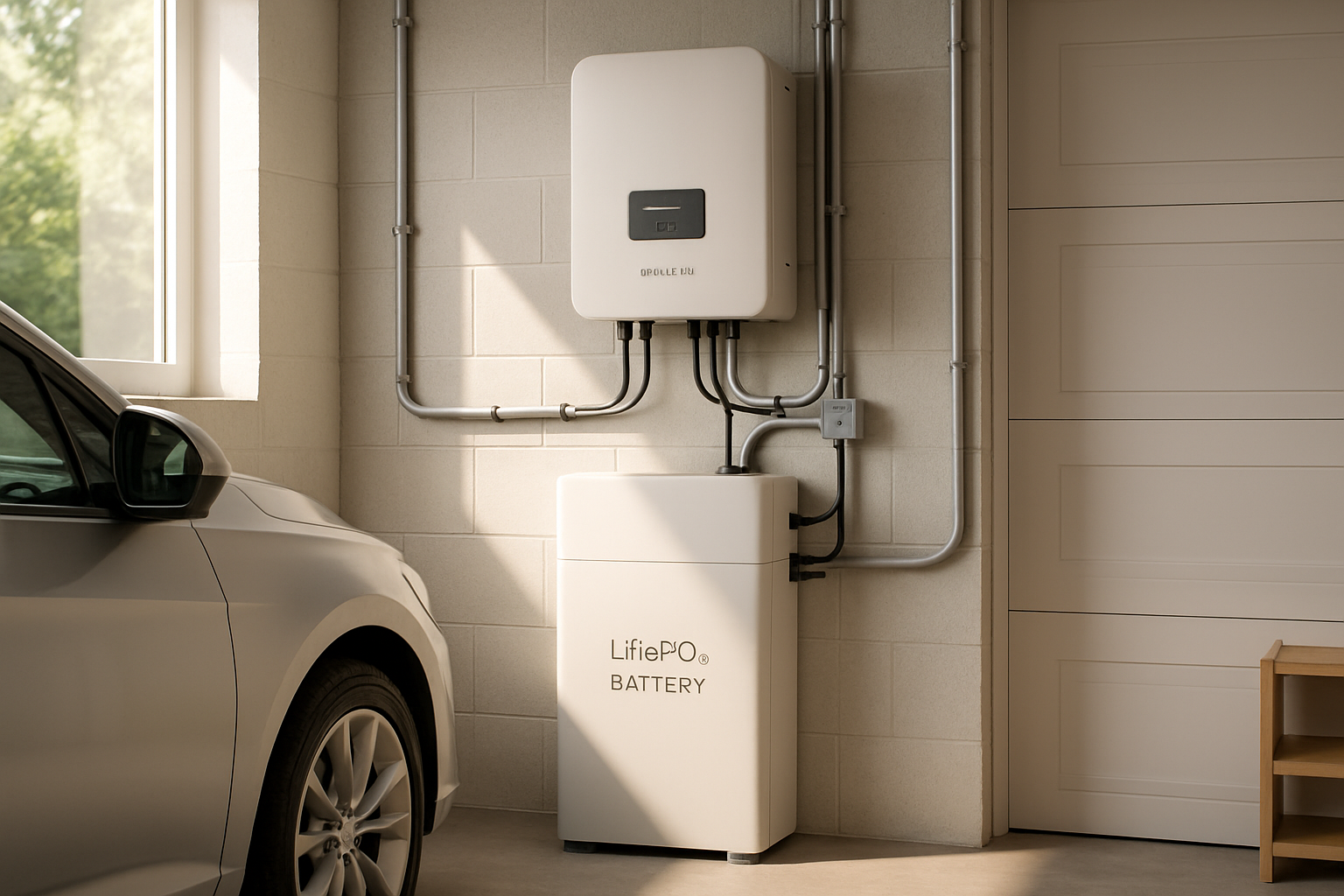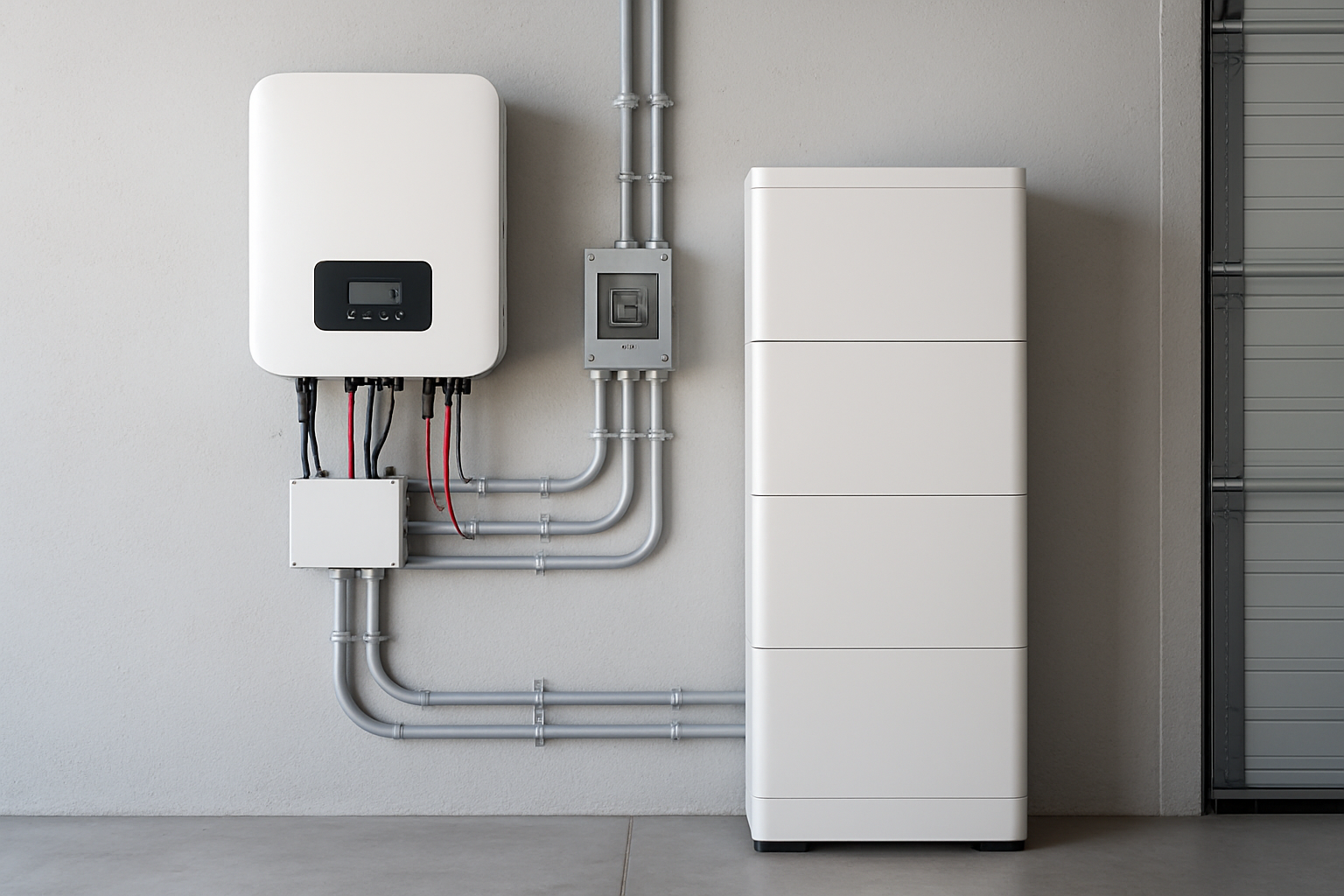When you consider adding a lithium-ion battery to your solar energy system, the initial price is often the first number you see. But that sticker price is only one part of a larger financial picture. The true cost of a solar battery system setup involves hardware, installation, and long-term operational factors that together determine its overall value. Understanding these components helps you make a well-informed decision for your energy independence.
Deconstructing the Upfront Price Tag
The initial expense for a battery storage system can be broken down into several key areas. The battery itself is the largest component, but other hardware and 'soft costs' are just as important for a complete and functional system.
Battery Capacity and Chemistry
The primary driver of a battery's cost is its capacity, measured in kilowatt-hours (kWh). The more energy a battery can store, the higher its price. For residential use, Lithium Iron Phosphate (LiFePO4) batteries are a leading choice due to their excellent safety profile, long lifespan, and thermal stability. While the upfront cost might be higher than older technologies, their durability offers better long-term value.
| Battery Capacity (kWh) | Estimated Hardware Price Range (USD) |
|---|---|
| 5 - 7 kWh | $4,000 - $6,000 |
| 10 - 13 kWh | $8,000 - $12,000 |
| 15+ kWh | $13,000+ |
Essential Hardware Beyond the Battery
A complete battery storage system requires more than just the battery. These components work together to manage and deliver power safely and efficiently:
- Inverter: A hybrid inverter manages energy from solar panels, the battery, and the grid simultaneously. If you already have a solar system, you might need a separate battery inverter.
- Battery Management System (BMS): The BMS is the brain of the battery. It protects the cells from overcharging, deep discharging, and extreme temperatures, ensuring both safety and longevity.
- Mounting and Wiring: Secure mounting hardware and correctly sized wiring are critical for a safe and code-compliant installation.
Soft Costs: The Invisible Price Factors
Often overlooked, soft costs can represent a significant portion of the total price. These include expenses for system design, engineering, local permits, and inspection fees. The complexity of these costs can vary greatly depending on your location and utility provider.
Installation Costs: The Price of Professional Setup
Proper installation is not a place to cut corners. A professional solar battery system setup ensures safety, performance, and compliance with all electrical codes and manufacturer warranties.
Labor and Expertise
The cost of labor depends on the complexity of the installation and regional rates. A certified electrician or solar installer has the expertise to handle high-voltage electrical components safely, ensuring your system is configured for optimal performance. This expertise is crucial for integrating the battery with your existing solar array and home electrical panel.
System Integration and Commissioning
Installation involves more than just mounting hardware. The process includes integrating the battery with the inverter and BMS, connecting it to your home's electrical system, and commissioning the entire setup. Commissioning is the final step where the installer verifies that all components are communicating correctly and the system operates as designed.
Long-Term Value: Calculating the Total Cost of Ownership
The most accurate way to assess the cost of a solar battery is to look at its total cost of ownership over its entire lifespan. This approach considers performance and durability, not just the initial purchase price.
Lifespan and Cycle Life
A battery's lifespan is measured in cycles. One cycle is a full charge and discharge. A high-quality LiFePO4 battery can offer 4,000 to 6,000 cycles or more, translating to a lifespan of 10 to 15 years or longer. A higher cycle life means a lower cost per kWh stored over the battery's lifetime. For a detailed analysis of these performance metrics, you can review this ultimate reference on solar storage performance.
Efficiency and Performance
Round-trip efficiency measures how much energy you get out of a battery for every unit of energy you put in. Modern lithium-ion batteries have high round-trip efficiencies, often above 90%. Higher efficiency means less wasted energy and more usable power from your solar panels, directly impacting your return on investment.
Maintenance and Operational Costs
One of the significant advantages of LiFePO4 batteries is that they are virtually maintenance-free. Unlike older battery technologies, they do not require regular fluid checks or cleaning. The primary long-term operational cost to consider might be the eventual replacement of the inverter, which typically has a lifespan of 10-15 years.
Factors That Influence Your Final Investment
Several external factors can affect the final cost of your lithium-ion solar battery system. Taking advantage of these can significantly reduce your net investment.
Government Incentives and Rebates
Many governments offer financial incentives to encourage the adoption of renewable energy. In the United States, this includes a federal tax credit for solar and storage systems. Additionally, many states and local utilities offer their own rebates or programs. According to the IEA's World Energy Investment 2023 report, supportive policies are a key driver for clean energy adoption. Always check for available incentives in your area.
System Sizing and Scalability
The cost is directly proportional to the size of the system you need. Conducting an energy audit of your home can help you determine the right capacity for your needs, preventing you from overspending on an oversized system. Choosing a modular system allows you to start with a smaller capacity and expand it later if your energy needs grow.
On-Grid vs. Off-Grid Setups
The cost can differ depending on your connection to the utility grid. On-grid systems, which use the grid as a backup, may require a smaller battery bank. Off-grid systems demand complete energy autonomy, which usually necessitates a larger, more expensive battery system and potentially a backup generator for full reliability.
A Broader Perspective on Cost
The true cost of a lithium-ion solar battery is best understood through its Levelized Cost of Storage (LCOS). This metric accounts for the total lifetime costs—including the initial investment, operation, and maintenance—divided by the total energy the battery will deliver. As noted in the Renewable Power Generation Costs in 2024 report by IRENA, LCOS provides a more complete financial picture than upfront costs alone. Investing in a battery storage system is a strategic decision that provides backup power during outages, reduces reliance on the grid, and gives you control over your energy future.
Disclaimer: The information provided is for educational purposes only and does not constitute financial or investment advice. Consult with a qualified professional before making any decisions.
Frequently Asked Questions
How much does a typical lithium-ion solar battery cost for a home?
A typical residential lithium-ion battery system can range from $8,000 to $20,000 or more, including installation. The final cost depends heavily on the battery's capacity (kWh), the brand, and the complexity of the installation.
Can I install a solar battery myself?
It is strongly recommended that you hire a certified professional for installation. Solar battery systems involve high-voltage electricity, and improper installation can pose serious safety risks, void warranties, and may not comply with local building and electrical codes.
How long does a lithium-ion solar battery last?
A modern LiFePO4 solar battery is designed to last for 10 to 15 years or longer. Its lifespan is typically defined by its cycle life, with most high-quality models offering between 4,000 and 6,000 charge-discharge cycles.
Are there financing options available for solar battery systems?
Yes, several financing options are available. These can include specialized solar loans from banks or credit unions, leasing programs, or incorporating the cost into a home equity loan or mortgage. Some installers also offer their own financing plans.





Leave a comment
All comments are moderated before being published.
This site is protected by hCaptcha and the hCaptcha Privacy Policy and Terms of Service apply.